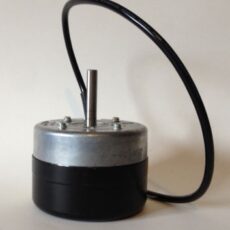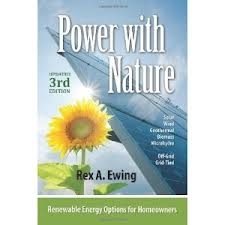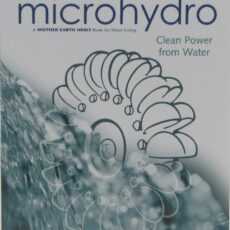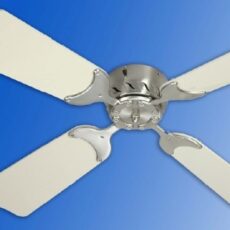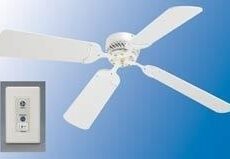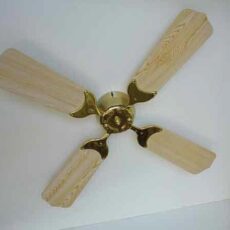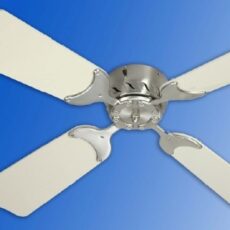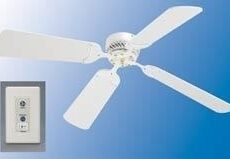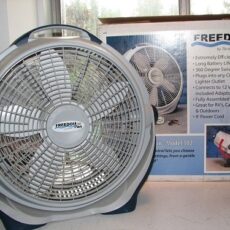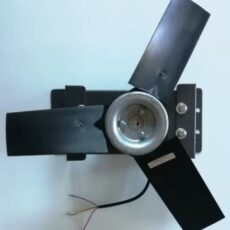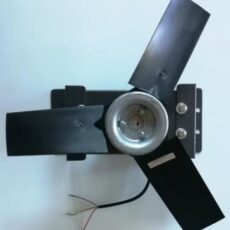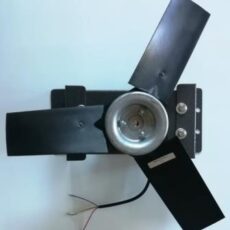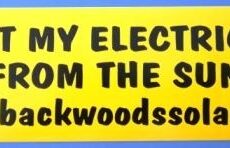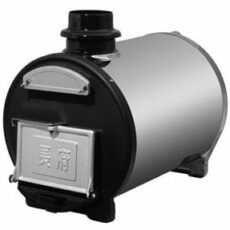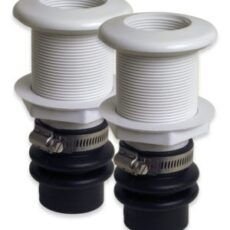There are quite a few options available for using both non-electric appliances and/or DC appliances in your home to further reduce your energy needs without giving up conveniences.
Our inverter section explains that often AC power is more practical than DC when you are using lower cost quality appliances and conventional wiring. There are important exceptions where special DC powered appliances can save lots of energy, money and/or avoid technical problems. Special DC designs of evaporative coolers, refrigerators, water pumps, fans, bed-warmers, plus re-chargers for shavers, flashlights, and cordless tools all use much less power.
AC electric blankets use 200 watts; DC bed warmers use under 60 watts and avoid questionable AC magnetic field exposure. DC fans and evaporative coolers use less power than AC fans and don’t hum. DC powered pumps use less than 25% power per gallon, pumping slowly with low wattage, and do not monopolize your inverter at unpredictable times. Advantages and disadvantages of AC and DC pumps are explained in the pump introduction pages.
Some devices must be on duty 24 hours a day. Motion sensing lights, telephone message machines and cordless phones, timers, intercoms, cell phones, and smoke alarms all need a trickle of power 24 hours a day. These would consume excessive power, keeping an inverter on full time. DC power, when possible, lets the inverter idle and uses only a trickle on power.
You may not need an inverter at all. Small weekend cabins, RV, and a life-style of simplicity, with fewer than 6 lights and appliances total, might use all 12 volt: TV, auto stereo, fan, vacuum, pump, and lights. But consider: AC lights and appliances cost less and are more reliable, so choose carefully. You may pay more in the long run if you wire just for DC.


